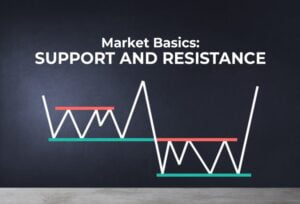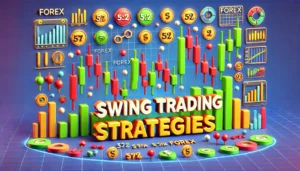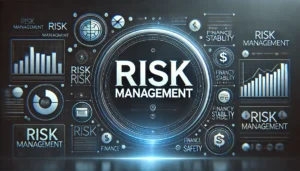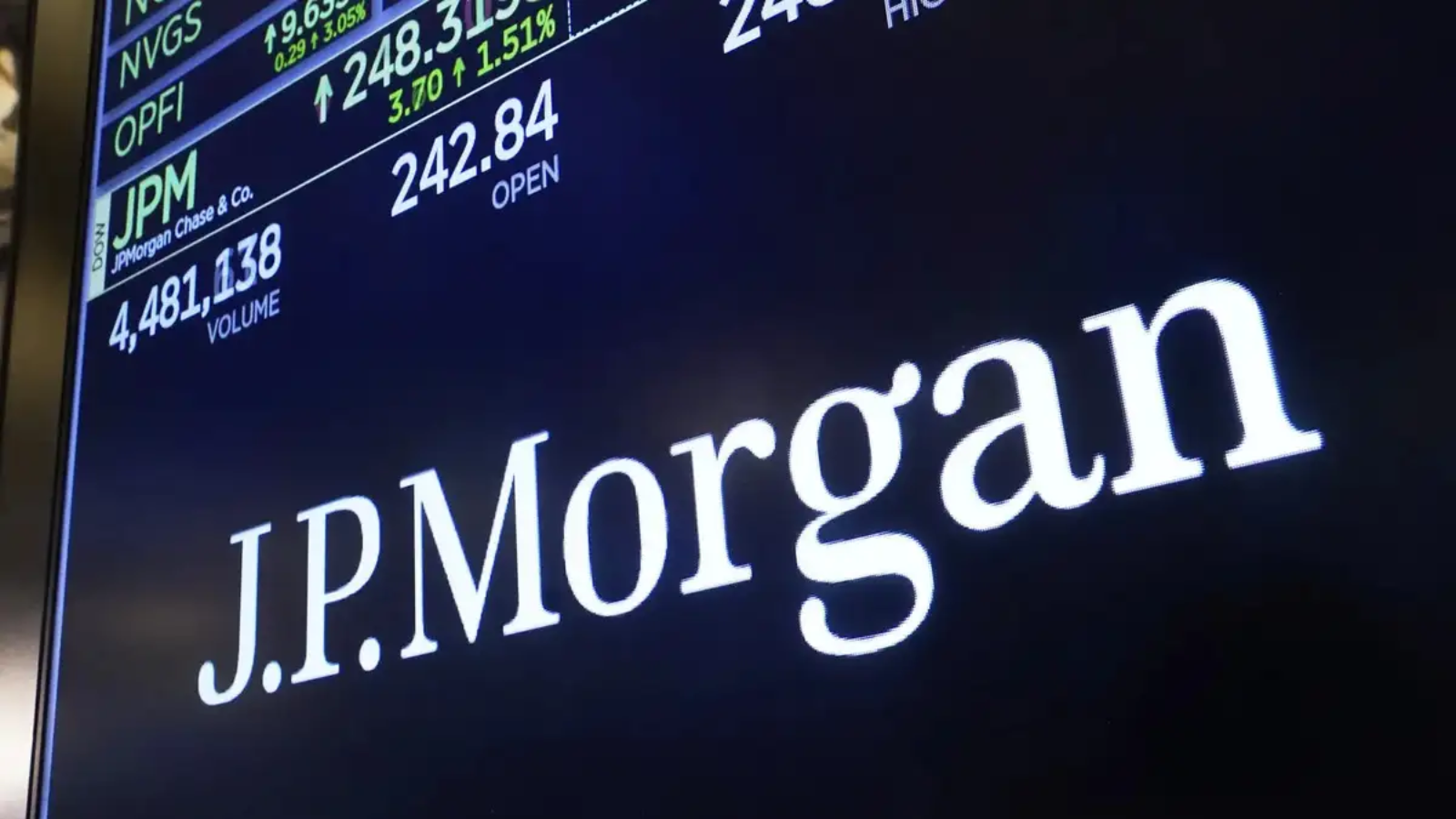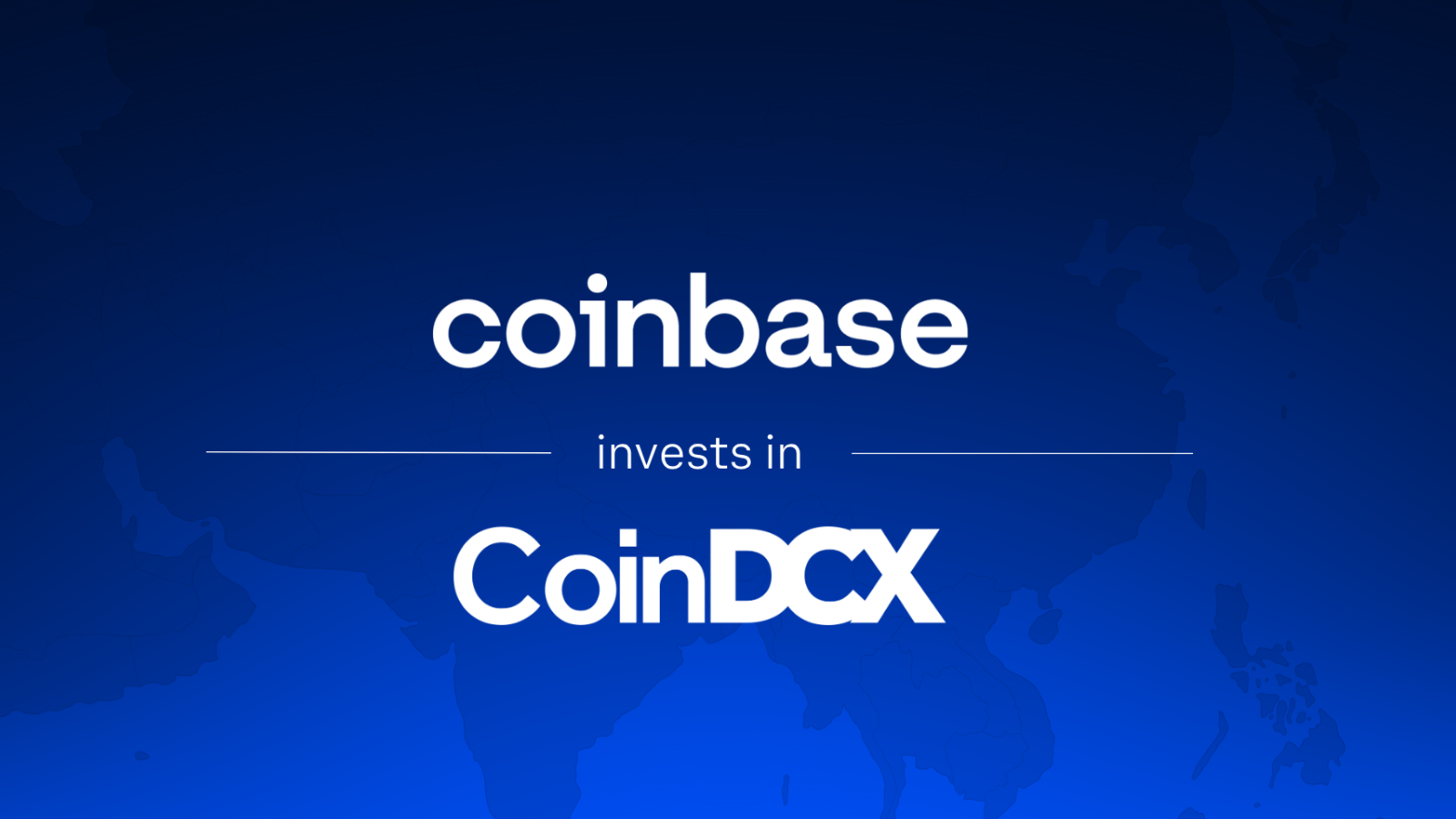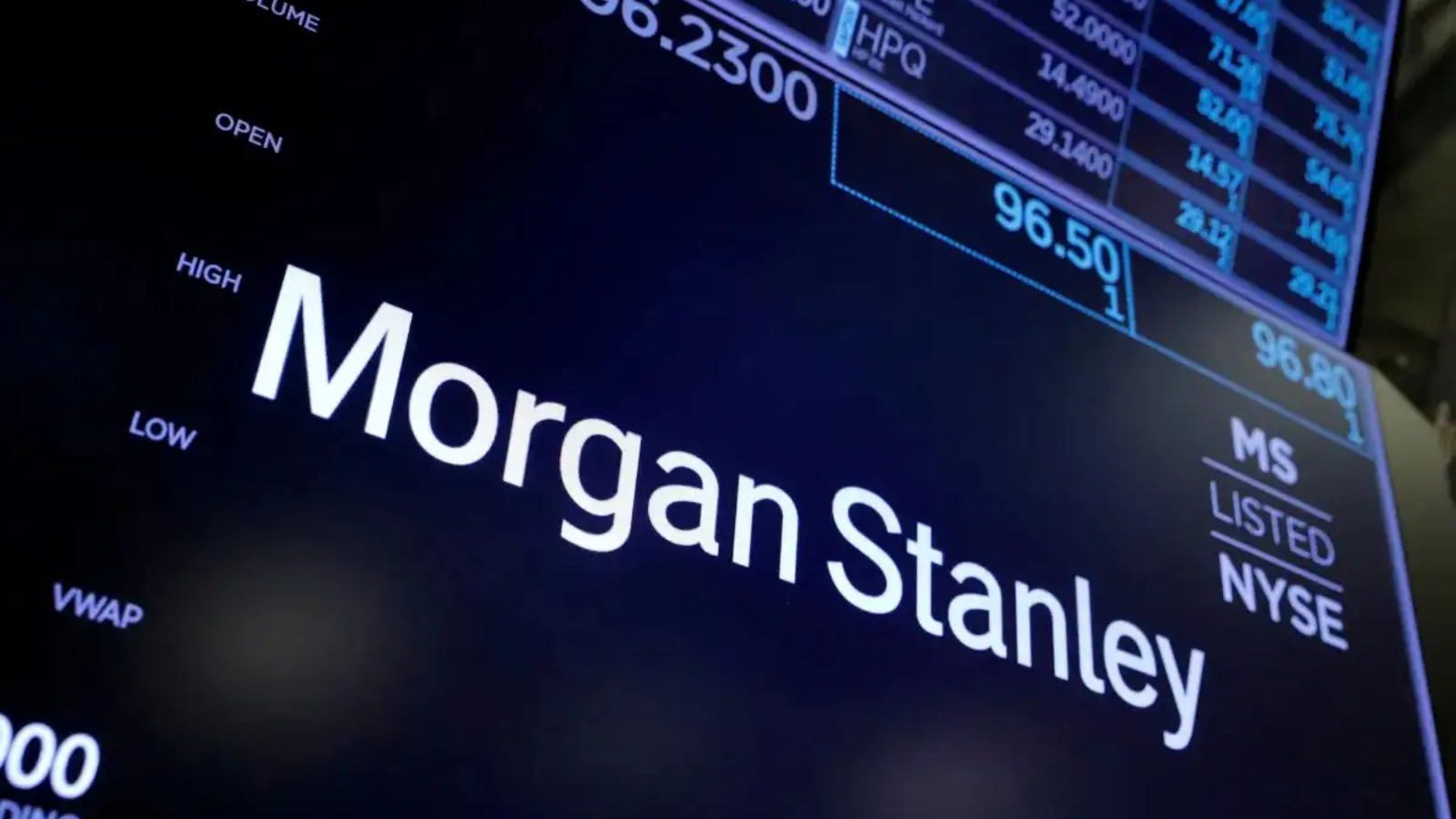In the world of foreign exchange trading, leverage stands as a magnetic force, drawing in a myriad of traders with its allure of magnifying potential gains. Yet, despite the ubiquity of the term “leverage,” numerous traders stay in the dark about its essence, how it operates, and its pivotal position in income results.
Many navigate the tumultuous waters of trading with only a cursory grasp of how this potent force wields its might or its transformative impact on trading outcomes. This piece aims to uncover the nuances of forex leverage, shedding light for newcomers and experts in trading.
Table of Contents
ToggleWhat is leverage in trading?
Leverage in the realm of forex trading provide traders the ability to step into the ring with greater power than their actual resources would otherwise allow. In simple words, it allows traders to amplify their exposure to the market with a relatively small amount of capital.
Imagine leverage as a “slingshot” for a moment. With a small pullback (your initial capital), you are granted the capacity to launch forward with increased force (the leveraged amount). This force can work wonders if aimed correctly, sending your returns soaring. But if you mishandle it or aim poorly, it could rebound and cause you substantial damage, hence the title ‘a double-edged sword.’
Example:
Consider this example: If a broker provides a leverage of 100:1, it means that with just $100 of your own money, you can control a position worth $10,000. In this scenario, the broker sets aside the $100 as a sort of “down payment” for the larger position. So, instead of needing the full $10,000 to make the trade, you only need to commit $100.
In clear terms, with 100:1 leverage, you’re effectively controlling 100 times more than what you have deposited. This can lead to significant gains if the market moves in your favor, but equally significant losses if it does not.
Margin and leverage
Margin in forex trading is akin to a security deposit. It is the amount a trader deposits with their broker as an assurance or “good faith deposit” when they wish to open a leveraged position. This ensures that traders have the requisite funds in their accounts to cover potential risks and losses.
How is Margin Calculated?
Margin is typically expressed as a percentage of the total position size. For example, a 1% margin requirement means that for a $100,000 position, a trader would need to deposit $1,000. In simple words, 1% of $100,000 is $1000 i.e. the margin.
The Relationship Between Margin and Leverage:
The margin percentage directly correlates with the leverage a trader can use. Simply put, the higher the leverage, the lower the margin required. With a 1% margin requirement, a trader can leverage their position up to 100:1. This means with just $1,000, they can control a position worth $100,000.
Different Margin Requirements and Corresponding Leverage:
Brokers offer various margin percentages, which in turn affects the leverage. For instance:
5% margin = 20:1 leverage
2% margin = 50:1 leverage
1% margin = 100:1 leverage
0.5% margin = 200:1 leverage
0.25% margin = 400:1 leverage
Risks of using excessive leverage: A comparative view
Leverage acts as a magnifying lens for both potential profits and potential losses. Just as a two-edged sword can be both beneficial and harmful, so is the use of leverage in trading. It can yield substantial gains, but it can also lead to significant losses. To understand the effects more clearly, let us contrast two scenarios with different levels of leverage.
Trading with 500:1 leverage
Suppose you have $10,000 in trading capital with a broker who offers a 500:1 leverage. This translates to a required 0.20% margin (1 divided by 500). Eager to capitalize on a potential upward move in the EUR/USD currency pair, you decide to utilize the full leverage ratio.
So, by using the 500:1 leverage, you have effectively opened a position worth $5,000,000 ($10,000 x 500) with just $10,000 of your own capital. This means that any profit or loss from this trade will be calculated based on this $5,000,000 market exposure, not the $10,000 you initially put up.
Outcome:
Let’s say the market does not move in your favor, and the EUR/USD drops down 0.1%. While this might seem minuscule, the impact of this move is enormous on your account due to the leveraged position.
Originally, your $5,000,000 position is now worth $4,995,000 – a negligible difference. But, due to leveraged trading, this means you have experienced a $5,000 loss on your initial $10,000 capital ($10,000 – $5,000 = $5,000). Ultimately, a minor 0.1% move in the market resulted in a staggering 50% loss on your initial investment.
Trading with 50:1 leverage
Using the same starting capital of $10,000, let us now examine a situation where you utilize a more conservative 50:1 leverage ratio. Here, the required margin is 2% (1 divided by 50). With this leverage, you open a position worth $500,000 ($10,000 x 50).
Outcome:
Assuming the same unfortunate market move where EUR/USD drops by 0.1%, the value of your position is now $499,500, reflecting a loss of $500. Comparing this to your initial investment of $10,000, you have suffered a 5% loss, and your account now stands at $9,500. While still significant, it pales in comparison to the 50% loss experienced with the excessive leverage of 500:1.
Bottom line
To ascend the ranks of successful traders, it is imperative to recognize that there is no express lane to wealth. Leverage, while a powerful tool, comes with its own set of risks. The key is not to chase overnight success, but to strategically place trades, accumulating gains patiently over time. The good news? With prudent use of risk management tools, such as stop-loss orders, profiting from leverage is not just a possibility – it is a strategy. Utilizing lower leverage can provide a safety net against the volatility of the markets and protect traders from severe losses. Playing it safe within the volatile environment of leveraged trading is both wise and rewarding.
Read More:
https://thetradingbay.com/5-signs-that-your-trading-approach-may-be-wrong/


